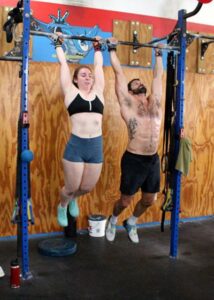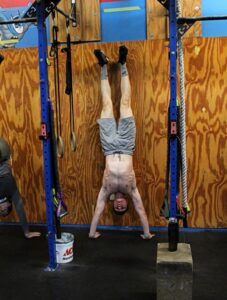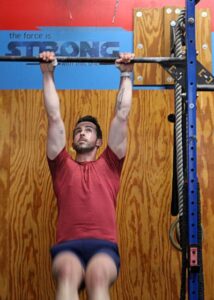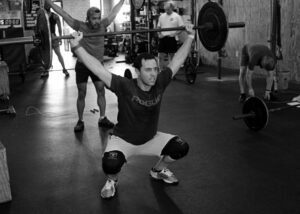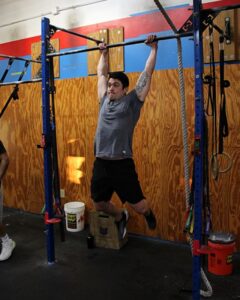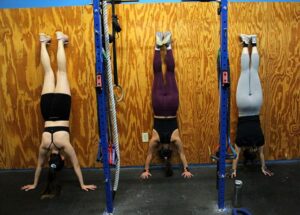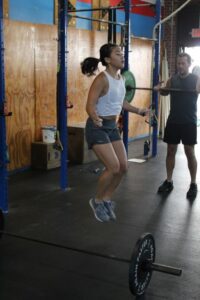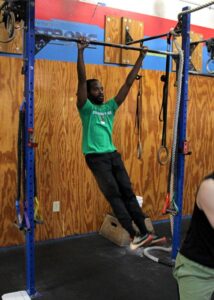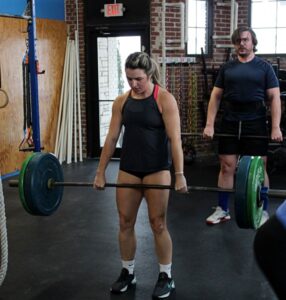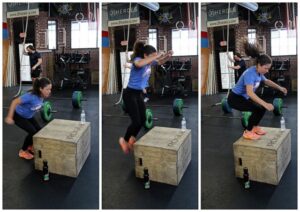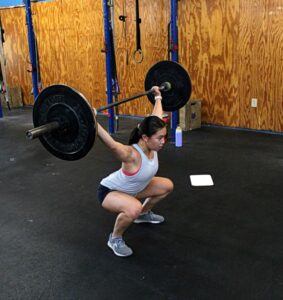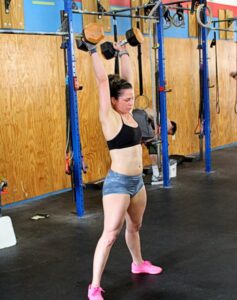Part 2: Homeostasis & exercise
by Instructor Training Program member Uran
In Part 2 of the Homeostasis blog series, we discussed the effect of diet on your body’s ability to regulate the metabolic condition. When your body fails to respond appropriately to your nutritional consumption, your metabolic systems shift out of balance, which can lead to all sorts of endocrine disorders. Today, we’re talking about something fun…
Something all of us in the CFM community share: a love of exercise.
Exercise, in all its forms, has a largely positive effect on the body. When you work out, you expend energy which sets off a series of reactions to try and maintain homeostasis. Your body knows it needs to get more oxygen to create new energy and sustain the increased activity level, and it does this in two ways.
First, your breathing rate increases to allow you to introduce oxygen to the bloodstream at a faster rate. Second, the increase of oxygen in the bloodstream prompts your heart to beat faster in order to deliver all that extra oxygen to your cells.
Why is this awesome?
By getting more oxygen into your lungs and then into your bloodstream, you exercise your heart, which in turn allows it to beat slower and with less effort. In the same way that repeated exercise in the gym relates to improved performance, repeated exercise for your heart causes it to work more efficiently and have more time to relax, thus lowering your blood pressure. So, come in, break a sweat, and feel even better about it than you already do.
And don’t forget that food and sleep are also major factors in helping your body maintain the stable condition it wants to be in. Help yourself out and give your body the tools to succeed.
 Kerry and Tripp on wall balls and roll outs!
Kerry and Tripp on wall balls and roll outs!
Today’s schedule
6a: All Levels CrossFit- Beka
7a: All Levels CrossFit- Beka
8a: Open Gym- Tirzah
12n: All Levels CrossFit- Beka
4p: Open Gym- Lis
5p: All Levels CrossFit- Beka
6p: All Levels CrossFit- Beka
7p: All Levels CrossFit- Cassie
8p: Open Gym- Cassie
8:15p: Yoga- Samantha
Workout of the Day (WOD)
A1. Dumbbell external rotation: 3 sets of 10 (ea arm)
A2. Ring rows (2-second pause at top): 3 set of 10, rest :30
B. Back squat: 3 at 70% of one-rep max, 3 @ 80%, 3 @ 90% (3:00 rest between sets)
C. 10 minutes max effort: Row for meters, AirDyne for calories, jump rope singles or double unders
And coming tomorrow…
“Angie” – complete for time:
100 pull ups
100 push ups
100 sit ups
100 squats
Holiday Travel Workout
100 burpees for time
THURS 12.5.13 Homeostasis & Exercise Read More »
















